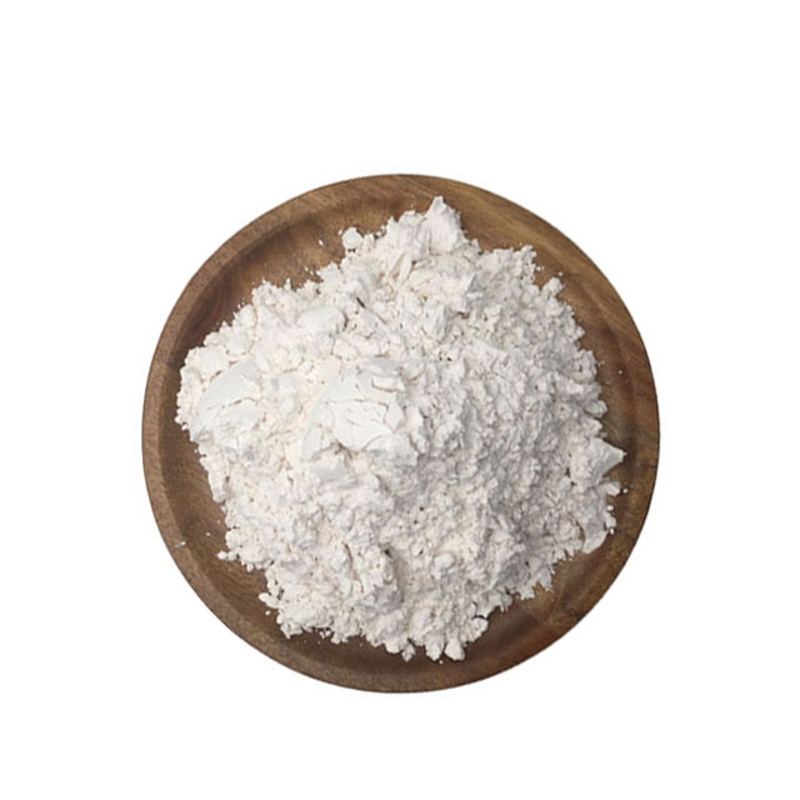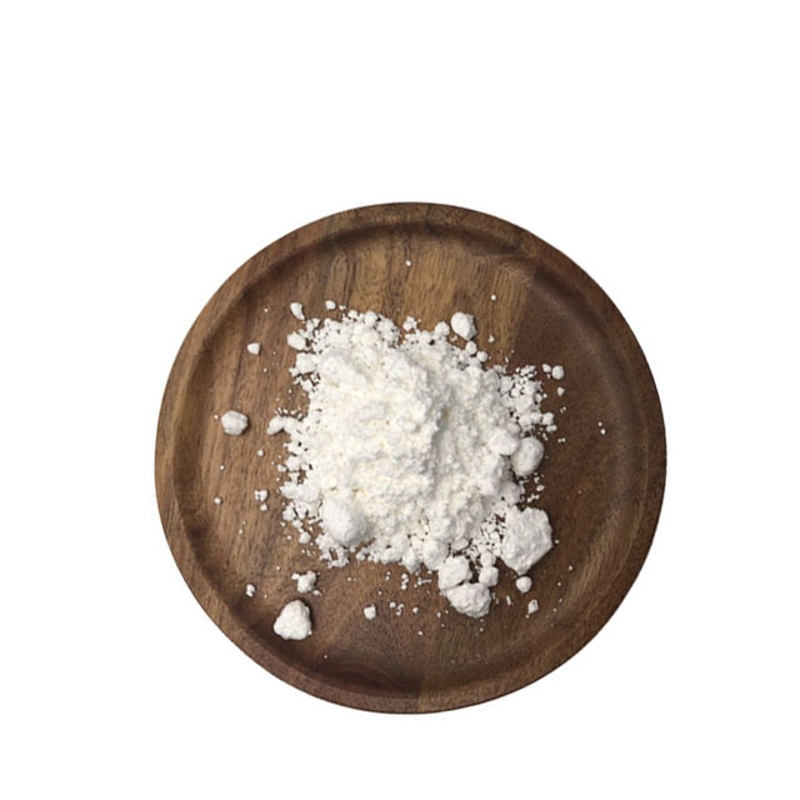-
Categories
-
Pharmaceutical Intermediates
-
Active Pharmaceutical Ingredients
-
Food Additives
- Industrial Coatings
- Agrochemicals
- Dyes and Pigments
- Surfactant
- Flavors and Fragrances
- Chemical Reagents
- Catalyst and Auxiliary
- Natural Products
- Inorganic Chemistry
-
Organic Chemistry
-
Biochemical Engineering
- Analytical Chemistry
- Cosmetic Ingredient
-
Pharmaceutical Intermediates
Promotion
ECHEMI Mall
Wholesale
Weekly Price
Exhibition
News
-
Trade Service
▎WuXi AppTec content team editor
Infectious diseases are an important class of diseases that seriously endanger global human health, and the prevention and control of infectious diseases has always been a key and difficult issue
in the field of global public health.
However, to date, global experts have lacked data on global burden assessments of common bacterial pathogens (e.
g.
, number of deaths associated with bacterial infections and causes of death), which not only affects the choice of "priority diseases" in vaccine/drug development, but may also leave some pathogens and related infectious syndromes seriously overlooked
.
ON NOVEMBER 21, 2022, THE LANCET, A WORLD-RENOWNED MEDICAL JOURNAL, PUBLISHED A BLOCKBUSTER SYSTEMATIC ANALYSIS STUDY
.
Studies have shown that bacterial infections are a significant cause of global health loss and are becoming the second leading cause of death worldwide, after ischaemic heart disease.
In 2019, five pathogens (Staphylococcus aureus, Escherichia coli, Streptococcus pneumoniae, Klebsiella pneumoniae and Pseudomonas aeruginosa) were each associated with more than 500 000 deaths; The infectious syndromes associated with the three bacterial pathogens each caused more than 1 million individual deaths, accounting for more than
75% of the deaths of bacterial infections.
SCREENSHOT CREDIT: THE LANCET
The paper notes that the current study is "the first time" to provide a global assessment of deaths associated with 33 clinically significant bacterial pathogens (based on 11 infectious syndromes in 2019).
。 The data were analyzed from the Global Burden of Diseases, Injuries, and Risk Factors Study and the Global Burden of Antimicrobial Resistance 2019 study
.
Staphylococcus aureus has been linked to more than one million deaths
In 2019, there were approximately 13.
7 million infection-related deaths worldwide, of which 7.
7 million were related to
33 bacterial pathogens studied.
These 33 bacterial-related deaths accounted for approximately 13.
6% of all deaths globally in 2019 and 56.
2%
of all infection-related deaths that year.
The all-age mortality rate caused by these pathogens is 99.
6 cases per 100,000 people
.
In 2019, Staphylococcus aureus alone was linked
to more than 1 million deaths.
In addition, in 2019, four bacterial pathogens were linked to more than 500,000 deaths, namely Escherichia coli, S pneumoniae, Klebsiella pneumoniae and Pseudomonas aeruginosa
.
Staphylococcus aureus caused the most deaths in men (601,000 deaths) and women (504,000 deaths), followed by E.
coli, which caused about 500,000 and 450,000 deaths in men and women
, respectively.
Overall, these five major bacterial pathogen-related deaths accounted for 30.
9% of all infection-related deaths and 54.
9%
of the 33 bacterial pathogen-related deaths in the study.
Of the bacterial pathogens evaluated in the current study, Morganella spp, Providencia spp, and Neisseria gonorrhoeae had the fewest
deaths.
Image source: 123RF
How much life is lost due to bacterial pathogens?
In 2019, 304 million life loss years (YLL) were associated with 33 bacterial pathogens studied, accounting for 18.
1%
of global YLLs that year.
The top five bacterial pathogens responsible for the burden of YLLs were Streptococcus pneumoniae (40.
3 million YLLs), Staphylococcus aureus (34.
3 million YLLs), Klebsiella pneumoniae (31.
4 million YLLs), Escherichia coli (30.
4 million YLLs), and Pseudomonas aeruginosa (18.
9 million YLLs).
In addition, the bacterial pathogens associated with the vast majority of deaths vary
across countries and regions.
Specifically, Staphylococcus aureus was the leading lethal bacterium in 135 countries, followed by Escherichia coli (the leading lethal bacterium in 37 countries), Streptococcus pneumoniae (the leading lethal bacterium in 24 countries), Klebsiella pneumoniae (the predominant lethal bacterium in 4 countries) and Acinetobacter baumannii (the leading lethal bacterium in 4 countries
。
Age and sex differences in different bacterial-related deaths
The age of pathogens of the bacterial pathogens associated with most deaths also varies
.
Specifically:
Globally, Staphylococcus aureus is the bacterial pathogen responsible for the most deaths in people aged 15 years and older, and causes approximately 940,000 deaths in this age group;
Salmonella enterica serovar Typhi is the bacterial pathogen that causes the most deaths (49,000 cases) in children aged 5~14 years
Streptococcus pneumoniae is the bacterial pathogen responsible for the largest number of deaths (225,000) in newborns~4 years of age;
Klebsiella pneumoniae is the bacterial pathogen responsible for the highest number of neonatal deaths (124 000).
In terms of gender, there was no difference
in the ranking of deaths caused by the six most important bacteria (Staphylococcus aureus, Escherichia coli, Streptococcus pneumoniae, Klebsiella pneumoniae, Pseudomonas aeruginosa, and Acinetobacter baumannii) in men and women.
However, women are consistently lower than men (except those aged 80 years and older)
in terms of the absolute number of deaths associated with these bacterial pathogens.
Bacterial pathogen-associated infectious syndromes
In 2019, two infectious syndromes were responsible for more than 2 million individual deaths: lower respiratory tract infections (4 million deaths) and bloodstream infections (2.
91 million deaths).
In addition, peritoneal and intra-abdominal infections resulted in 1.
28 million individual deaths
.
Overall, of the nearly 7.
7 million bacterial-related deaths that occurred in 2019, more than 75% of individual deaths were due to lower respiratory tract infections, bloodstream infections, or peritoneal and intra-abdominal infections
.
Among the different infectious syndromes, the most dominant pathogens vary widely
.
Specifically:
Streptococcal pneumoniae infection is the leading cause of fatal lower respiratory tract infections, resulting in a total of 653 000 individual deaths;
Staphylococcus aureus infection is the leading cause of fatal bloodstream infections, resulting in 299 000 individual deaths;
E.
coli infection is the leading cause of fatal peritoneal and intraperitoneal infections, resulting in 290 000 individual deaths
.
Summary
Overall, the current analysis shows that the 33 bacteria analyzed in the study were associated with 7.
7 million deaths in 2019, resulting in an all-age mortality rate of 99.
6 cases per 100,000 people
.
These bacterial pathogens were associated with 13.
6% of deaths worldwide in 2019 and have become the second leading cause of death worldwide (after ischemic heart disease).
It is worth noting that in 2019, 4 bacterial pathogens were associated with more than 750,000 individual deaths and 30 million YLLs worldwide, which were Staphylococcus aureus, Escherichia coli, Streptococcus pneumoniae and Klebsiella
pneumoniae.
The authors emphasize that the current study is "the first to date to comprehensively assess the globally associated deaths and YLLs caused by 11 major infectious syndrome-associated bacterial pathogens.
"
Based on the analysis of data from the current study, we may have underestimated the burden of disease caused by some bacterial pathogens in the past: more than half of the bacterial pathogen-related deaths in the study were caused by one of the five bacterial pathogens (Staphylococcus aureus, Escherichia coli, Streptococcus pneumoniae, Klebsiella pneumoniae, and Pseudomonas aeruginosa), but in the past in these bacterial pathogens, Only Streptococcus pneumoniae has been the focus of
global surveillance and public health related initiatives.
In addition, intra-abdominal infections and peritonitis also receive the attention
they deserve in infectious syndromes.
It should be noted that although Staphylococcus aureus is the most important bacterial pathogen in most countries and the only bacterial pathogen associated with more than 1 million deaths and 34 million YLLs worldwide, the current public health attention to Staphylococcus aureus still needs to be improved
.
Similarly, although E.
coli and Klebsiella pneumoniae have also caused more deaths and YLLs, these two bacterial pathogens still receive relatively little
public health attention.







